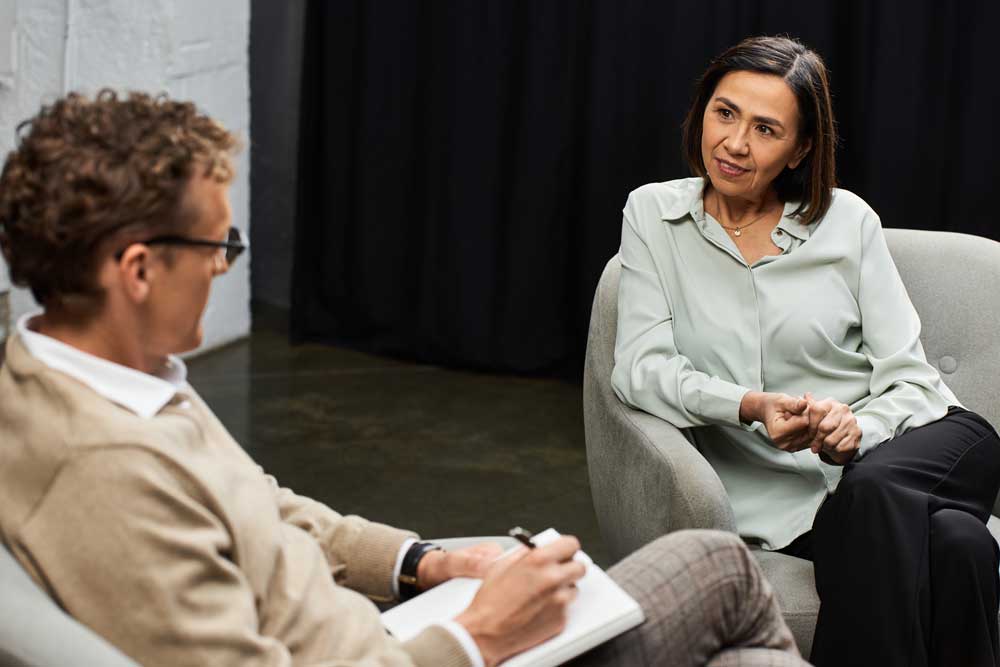Introduction
The sleep-wake cycle, a fundamental aspect of human physiology, regulates periods of rest and activity across a roughly 24-hour period. This cycle is influenced by internal biological mechanisms and external environmental cues. Endogenous pacemakers, internal biological clocks, and exogenous zeitgebers, external time cues, play crucial roles in maintaining this rhythm. This essay explores how these two components interact to explain the sleep-wake cycle, focusing on key mechanisms such as the suprachiasmatic nucleus (SCN) and environmental factors like light. By examining relevant research, the essay will outline their individual contributions, consider their interplay, and evaluate their overall impact on daily rhythms. While the discussion will remain broad to suit an undergraduate perspective, it aims to provide a logical overview with supporting evidence.
Endogenous Pacemakers: Internal Regulators of the Sleep-Wake Cycle
Endogenous pacemakers are internal biological clocks that govern circadian rhythms, including the sleep-wake cycle, even in the absence of external cues. The primary pacemaker in mammals is the suprachiasmatic nucleus (SCN), a small region in the hypothalamus. The SCN generates a rhythm of approximately 24 hours through a complex interaction of clock genes, such as PER and CRY, which regulate protein production in a feedback loop (Reppert and Weaver, 2002). Research demonstrates that damage to the SCN in animal studies disrupts circadian rhythms, leading to irregular sleep patterns, highlighting its central role (Moore and Eichler, 1972).
Furthermore, endogenous pacemakers are not solely reliant on external input, as they can maintain rhythmicity in constant conditions. For instance, studies of individuals in isolation, such as in caves without time cues, show that the sleep-wake cycle persists, albeit often drifting slightly beyond 24 hours (Czeisler et al., 1999). This suggests an inherent biological tendency to regulate sleep independently. However, the endogenous system is not flawless; without external adjustment, internal clocks can desynchronise from the 24-hour day, indicating a need for external calibration.
Exogenous Zeitgebers: Environmental Influences on the Sleep-Wake Cycle
Exogenous zeitgebers, meaning “time-givers” in German, are external environmental cues that synchronise endogenous rhythms to the external world. The most significant zeitgeber is light, which influences the SCN via the retinohypothalamic tract. Light exposure inhibits melatonin production by the pineal gland, promoting wakefulness, while darkness stimulates melatonin release, inducing sleep (Chellappa et al., 2013). Indeed, studies show that exposure to artificial light at night can delay sleep onset, disrupting the natural cycle (Chepesiuk, 2009).
Other zeitgebers include social cues and meal timing, though their influence is less pronounced. For example, regular schedules can reinforce circadian rhythms, as seen in shift workers who adapt to new routines over time, though often with difficulty (Åkerstedt, 2003). Therefore, while light remains the dominant zeitgeber, these secondary cues play a supporting role. A limitation, however, is that reliance on zeitgebers varies individually; some people adjust more easily to changes, suggesting a complex interplay with endogenous factors.
The Interaction Between Endogenous and Exogenous Factors
The sleep-wake cycle results from a dynamic interaction between endogenous pacemakers and exogenous zeitgebers. The SCN sets the baseline rhythm, but zeitgebers like light fine-tune this to align with the environment. For instance, seasonal changes in daylight can shift sleep patterns, demonstrating how external cues override internal drifts (Wehr et al., 2001). Conversely, in conditions like jet lag, the mismatch between internal clocks and new zeitgebers causes temporary disruption, evidencing their interdependence.
However, this interaction is not always seamless. Artificial environments, such as prolonged exposure to blue light from screens, can desynchronise the cycle, leading to health issues like insomnia (Chellappa et al., 2013). This highlights a limitation in the adaptability of endogenous systems to modern exogenous cues, raising questions about long-term impacts. Generally, both components are essential, yet their balance can be perturbed by lifestyle or environmental factors.
Conclusion
In conclusion, endogenous pacemakers, primarily the SCN, provide the internal framework for the sleep-wake cycle, generating a near-24-hour rhythm through biological mechanisms. Exogenous zeitgebers, especially light, synchronise this rhythm with the external environment, ensuring alignment with daily demands. Their interaction is critical, as neither operates in isolation; internal clocks require external cues for precision, while zeitgebers rely on biological responsiveness. However, modern challenges, such as artificial light exposure, reveal vulnerabilities in this system, potentially impacting health. Further research into individual differences in responsiveness could enhance understanding, particularly for managing sleep disorders or shift work. This discussion underscores the complexity of circadian regulation, illustrating the need for a balanced consideration of both internal and external influences in psychological and physiological contexts.
References
- Åkerstedt, T. (2003) Shift work and disturbed sleep/wakefulness. Occupational Medicine, 53(2), pp. 89-94.
- Chellappa, S. L., Steiner, R., Blattner, P., Oelhafen, P., Götz, T., and Cajochen, C. (2013) Non-visual effects of light on melatonin, alertness and cognitive performance: Can blue-enriched light keep us alert? PLoS ONE, 8(1), e54129.
- Chepesiuk, R. (2009) Missing the dark: Health effects of light pollution. Environmental Health Perspectives, 117(1), pp. A20-A27.
- Czeisler, C. A., Duffy, J. F., Shanahan, T. L., Brown, E. N., Mitchell, J. F., Rimmer, D. W., Ronda, J. M., Silva, E. J., Allan, J. S., Emens, J. S., Dijk, D. J., and Kronauer, R. E. (1999) Stability, precision, and near-24-hour period of the human circadian pacemaker. Science, 284(5423), pp. 2177-2181.
- Moore, R. Y. and Eichler, V. B. (1972) Loss of a circadian adrenal corticosterone rhythm following suprachiasmatic lesions in the rat. Brain Research, 42(1), pp. 201-206.
- Reppert, S. M. and Weaver, D. R. (2002) Coordination of circadian timing in mammals. Nature, 418(6901), pp. 935-941.
- Wehr, T. A., Aeschbach, D., and Duncan, W. C. (2001) Evidence for a biological dawn and dusk in the human circadian timing system. Journal of Physiology, 535(3), pp. 937-951.


